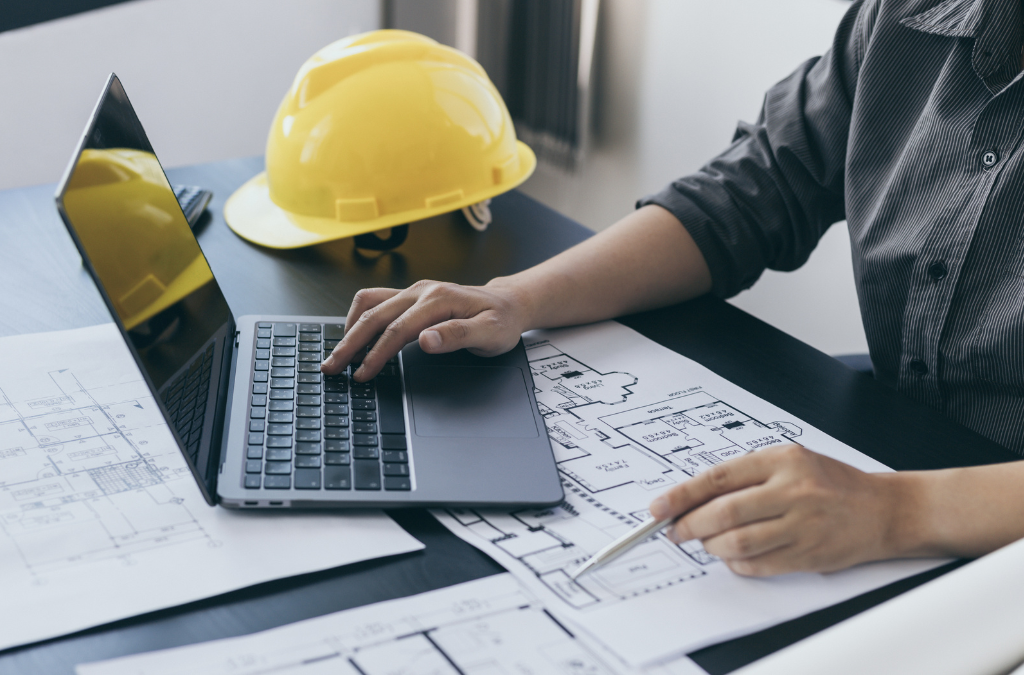-
Table of Contents
Architect Innovative Approaches
As the world grapples with climate change and resource depletion, the field of architecture is undergoing a transformative shift towards sustainability. This article explores various innovative approaches that are shaping the future of sustainable architecture.
Green Building Materials
One of the most significant advancements in sustainable architecture is the use of green building materials. These materials are designed to reduce environmental impact and improve energy efficiency.
- Bamboo: Known for its rapid growth and strength, bamboo is a renewable resource that is increasingly used in construction.
- Recycled Steel: Utilizing recycled steel reduces the need for new steel production, which is energy-intensive and polluting.
- Hempcrete: Made from hemp fibers and lime, hempcrete is a lightweight, insulating material that absorbs carbon dioxide.
These materials not only reduce the carbon footprint of buildings but also contribute to healthier indoor environments.
Energy-Efficient Design
Energy-efficient design is another cornerstone of sustainable architecture. By optimizing the use of natural resources, architects can create buildings that consume less energy and produce fewer emissions.
- Passive Solar Design: This approach maximizes the use of natural sunlight for heating and lighting, reducing the need for artificial energy sources.
- Green Roofs: Covered with vegetation, green roofs provide insulation, reduce stormwater runoff, and improve air quality.
- High-Performance Windows: These windows minimize heat loss and gain, enhancing the building’s energy efficiency.
By incorporating these elements, architects can significantly reduce a building’s energy consumption and environmental impact.
Smart Technology Integration
The integration of smart technology in buildings is revolutionizing the way we approach sustainability. Smart systems can monitor and manage energy use, water consumption, and indoor air quality in real-time.
- Smart Thermostats: These devices learn user preferences and adjust heating and cooling systems for optimal energy efficiency.
- Automated Lighting: Sensors and timers ensure that lights are only used when needed, reducing energy waste.
- Water Management Systems: Smart irrigation and plumbing systems minimize water usage and detect leaks early.
These technologies not only enhance the sustainability of buildings but also improve the comfort and convenience for occupants.
Case Studies
Several projects around the world exemplify the principles of sustainable architecture. These case studies highlight the potential of innovative approaches to create environmentally friendly and energy-efficient buildings.
One Central Park, Sydney
One Central Park in Sydney, Australia, is a mixed-use development that incorporates green walls, rooftop gardens, and a heliostat to reflect sunlight into shaded areas. The building’s design reduces energy consumption and enhances biodiversity in an urban setting.
Bullitt Center, Seattle
The Bullitt Center in Seattle, USA, is often referred to as the greenest commercial building in the world. It features solar panels, rainwater harvesting, and composting toilets. The building is designed to be net-zero energy, meaning it produces as much energy as it consumes.
Masdar City, Abu Dhabi
Masdar City in Abu Dhabi, UAE, is a planned city project that aims to be one of the most sustainable urban developments in the world. The city utilizes renewable energy sources, sustainable building materials, and smart technology to minimize its environmental impact.
Challenges and Opportunities
While the shift towards sustainable architecture presents numerous opportunities, it also comes with challenges. High initial costs, regulatory hurdles, and the need for specialized knowledge can impede the adoption of sustainable practices.
However, the long-term benefits of sustainable architecture, such as reduced operating costs, improved occupant health, and environmental preservation, make it a worthwhile investment. As technology advances and awareness grows, the barriers to sustainable architecture are likely to diminish.
Conclusion
Sustainable architecture is not just a trend but a necessity for the future. By embracing green building materials, energy-efficient design, and smart technology, architects can create buildings that are not only environmentally friendly but also economically viable and comfortable for occupants. The case studies of One Central Park, the Bullitt Center, and Masdar City demonstrate the potential of innovative approaches to transform the built environment. As we move forward, the principles of sustainable architecture will play a crucial role in shaping a more sustainable and resilient future.
